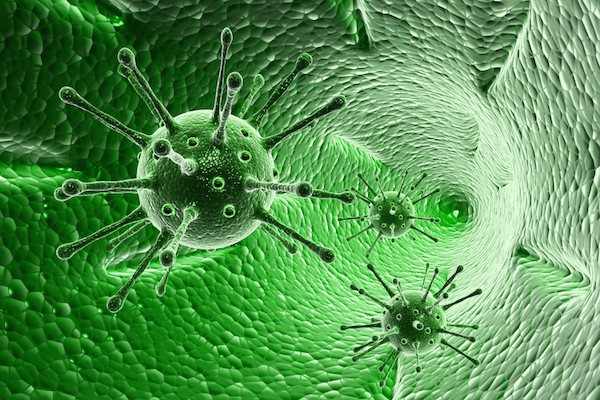
WEDNESDAY, May 9 (HealthDay News) — Researchers have completed the first genome sequencing of melanoma, an aggressive and frequently fatal form of skin cancer.
Understanding the genomic landscape that contributes to melanoma development could provide new insight into tumor biology and therapeutic resistance, the study authors said. They believe the discoveries may spur the development of new treatments for melanoma, which will likely kill more than 9,000 people in the United States this year, according to cancer experts.
In a study published online May 9 in the journal Nature, the scientists describe sequencing 25 human metastatic melanomas — cancers that have spread — and finding a common thread between melanomas and breast cancer, plus evidence that the rate of mutation in melanoma varies with the level of ultraviolet light.
The authors found PREX2, a gene associated with breast cancer, in about 14 percent of the melanoma tumors. “This is a light-bulb moment in research,” said study author Dr. Lynda Chin, chairman of the Department of Genomic Medicine at the University of Texas MD Anderson Cancer Center in Houston. Potentially, this could change “the paradigm of how we understand what is happening in cancer,” she added.
The research showed that PREX2 starts directing cancerous activity when genetic mutations change or turn off cell functions. Other mutations also were identified for the first time in the studied tumors.
The next challenge will be to understand how the PREX2 gene makes a melanoma tumor grow, Chin said. “PREX2 is a large gene, and we’re not sure what aspects are critical to cancer development. We have the ‘what’ but now we need the ‘why’ and the ‘how.'”
Their study also helps lay the groundwork for a new definition of cancer that includes the genetic makeup of a tumor as well as the specific organ site.
Those characteristics will also direct the development of future cancer treatments, Chin said. “This adds another layer to how we approach cancer. We will be saying, first tell me the genetic makeup of the tumor, and then tell me the tumor’s origin,” she said.
Cancers are described now by a system based only on a tumor’s location and its microscopic anatomy. Chin says the research shows how genetic information adds a new element that can help understand and classify tumors more accurately.
The authors also learned that the rate of mutation is highest in people with chronic sun exposure. This fits other evidence that links development of the disease to ultraviolet light.
In the United States, melanoma has increased over the past three decades. It is one of the more common cancers among young people, and more than 76,000 new cases will be diagnosed across all age groups this year, according to the American Cancer Society.
While the study has uncovered important new information, Chin warned that the melanoma genome is highly complex. For instance, the researchers saw what she described as a great deal of “structural rearrangement” on the genome. It is unclear what that means.
“It’s like a bomb’s gone off and everything’s in the wrong order,” she said. “And we’re not sure how to put it all back together.”
Dr. Darrell Rigel, a clinical professor of dermatology at New York University Medical Center, said it is interesting that the researchers found a breast cancer gene in a melanoma tumor. “We group melanomas together as one type of cancer now, but in five to 10 years, we’ll most likely see them as many different types of cancer,” he said.
Rigel also said he was encouraged that the researchers may have found another potential target for drug therapy.
More information
Find out more about melanoma at the American Cancer Society.

